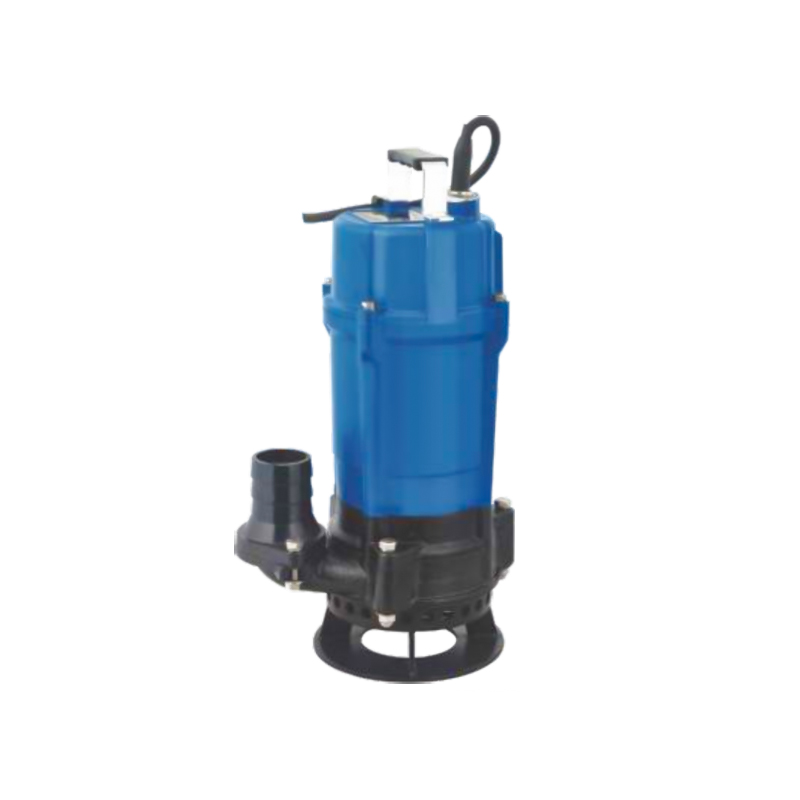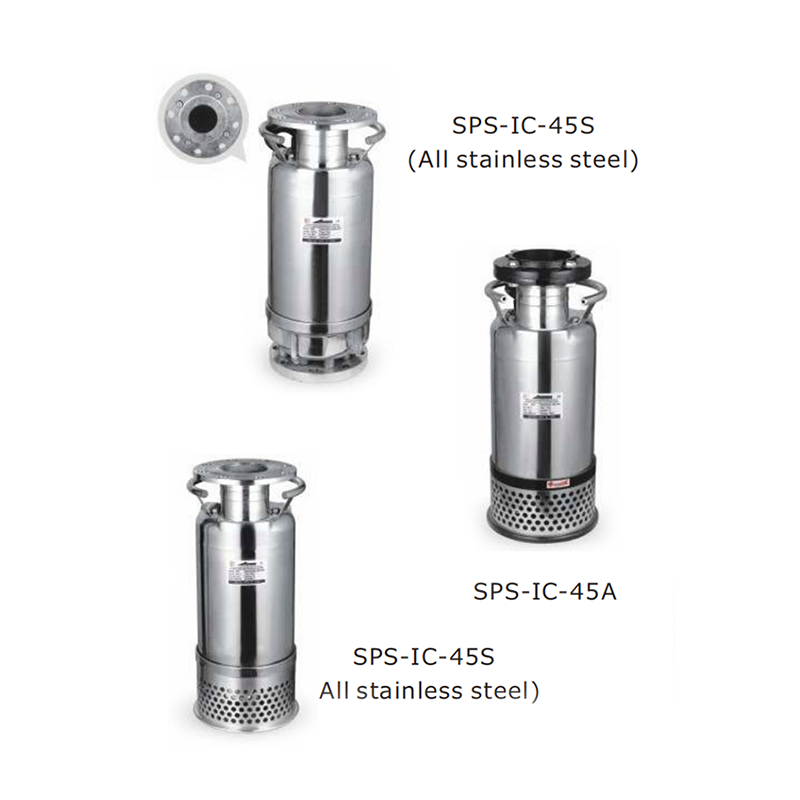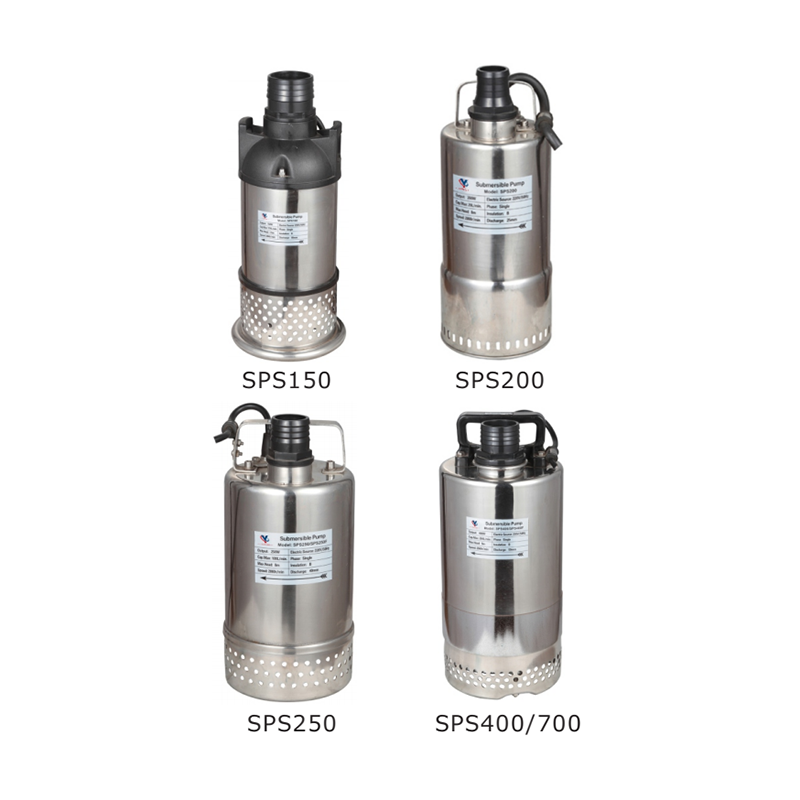Submersible sewage pumps are essential tools in modern wastewater management systems. Designed to handle a variety of wastewater and sewage materials, these pumps are built to operate efficiently in challenging environments, ensuring that wastewater is effectively removed and transported to treatment facilities.
A submersible sewage pump is a type of centrifugal pump specifically designed to operate underwater. Unlike traditional sewage pumps, submersible pumps are fully submerged in the wastewater they are designed to move. This design allows them to operate without the need for priming and reduces the risk of clogging, making them highly efficient for wastewater management.
 |
 |
 |
One of the primary advantages of submersible sewage pumps is their ability to handle solid materials. These pumps are designed with impellers that can pass solid waste without clogging, ensuring smooth operation even in environments with high levels of debris. This feature is particularly important in sewage systems where solid waste is common.
Another significant advantage is their durability. Submersible sewage pumps are typically constructed from high-quality materials such as cast iron or stainless steel, which can withstand the corrosive nature of wastewater. The submerged operation also helps to cool the motor, reducing the risk of overheating and extending the life of the pump.
Submersible sewage pumps are used in a wide range of applications due to their versatility and reliability. In residential and commercial buildings, these pumps are essential for removing wastewater from basements, bathrooms, and other areas prone to flooding. They ensure that wastewater is efficiently transported to the main sewer lines, preventing backups and potential damage.
In industrial settings, submersible sewage pumps are used to manage wastewater from manufacturing processes. They are designed to handle high volumes of wastewater and can be equipped with features to handle specific types of industrial waste. This makes them ideal for applications in food processing plants, chemical plants, and other industrial facilities.
Safety is a paramount consideration in the design and operation of submersible sewage pumps. These pumps are designed to operate safely underwater, with sealed motors that prevent water ingress. This ensures reliable operation and reduces the risk of electrical hazards.
From an environmental perspective, submersible sewage pumps are designed to be energy-efficient and environmentally friendly. They use advanced technologies to small energy consumption and reduce their carbon footprint. Additionally, the pumps are designed to handle wastewater without the need for harmful chemicals or additives, making them a sustainable solution for wastewater management.
Selecting the appropriate submersible sewage pump requires careful consideration of several factors. The specific requirements of the application, including the volume of wastewater to be removed, the type of waste materials, and the operating conditions, must be taken into account. Additionally, the physical environment in which the pump will be installed must be considered, as factors such as temperature, humidity, and water quality can affect performance and reliability.
Submersible sewage pumps are essential components in modern wastewater management systems. Their ability to handle solid materials and operate efficiently in challenging environments makes them ideal for a wide range of applications. Whether in residential, commercial, or industrial settings, submersible sewage pumps provide a reliable and efficient solution for wastewater removal.



 English
English русский
русский عربى
عربى







